Wenchang Withstands Typhoon Matmo, Continues Construction Efforts
China's coastal launch site has faced down another typhoon, delaying an upcoming launch.

Typhoon Matmo has recently hit South China, making landfall in Guangdong (广东) and Guangxi (广西), having built up in the South China Sea and passed off the coast of Hainan (海南) province. Before the storm hit, preparatory measures and evacuations were performed, allowing some business and tourist sites to begin reopening already.
While Matmo did not hit Hainan, the two launch sites on its east coast, the Wenchang Space Launch Site and the Wenchang Commercial Space Launch Site, were prepared anyway. On October 4th, 250 employees were called back, away from the 76th National Day (国庆节) and receiving 300 percent pay, to survey and prepare facilities to withstand the storm.
Preparations, which were completed early on the morning of the 5th, included boarding up doors, tying shut electrical boxes, taping windows so they don’t shatter, and placing sandbags around key hardware. Teams from the local fire department were stationed at the launch sites during the storm alongside food, water, and backup generators.
As Matmo was building up offshore and while it passed nearby, a Long March 8A was preparing to fly just after the National Day holiday. The launch vehicle was rolled out in late September before being sent back to its processing facility in early October due to new storm predictions. Once back in the processing facility, nets were set up around the rocket’s two stages to prevent falling debris from damaging the basically flight-ready vehicle, while the payload fairing was stored in a spacecraft processing room.
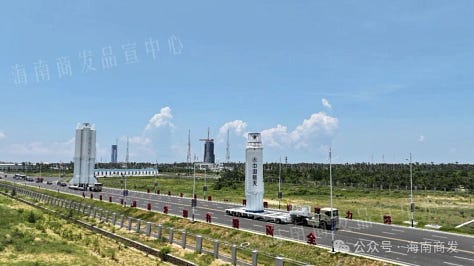

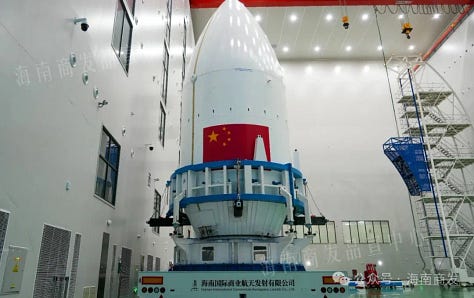
Hardware for follow-on Long March 8A missions, a Long March 12 scheduled for the near future, and other satellites awaiting installation on a payload adapter were also properly protected to not further delay their launches.
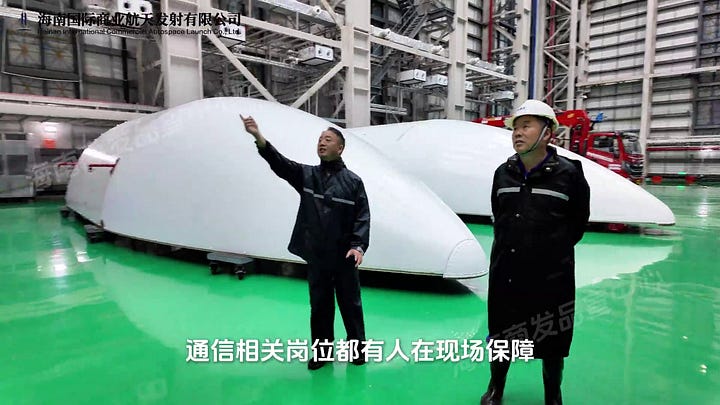
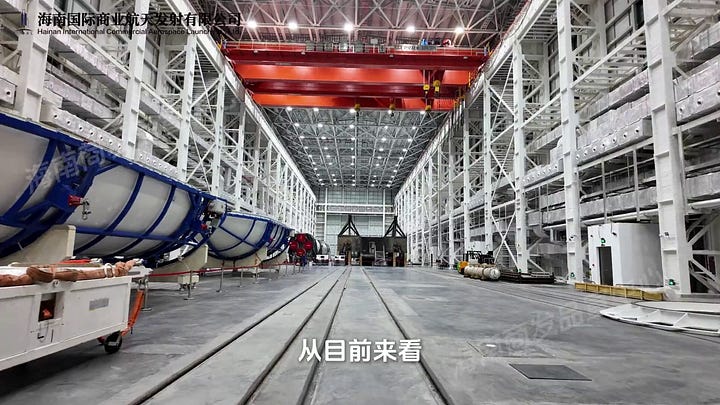
Ahead of any resumed launch campaigns, thorough inspections of Wenchang’s two launch sites were conducted, while rocket stages and payloads were analysed to ensure they are still flightworthy. Launch missions may resume about a week from today.
Wenchang’s two launch sites are designed to withstand typhoons, with processes known from experience in previous years. Just over a year ago, Super-Typhoon Yagi came very close, battering the commercial launch site facilities and tearing off some building panels.
Just before the typhoon formed, the Governor of Hainan, Liu Xiaoming (刘小明), visited the commercial launch site to investigate and understand what processes were developed after last year’s super-typhoon ahead of future natural disasters. Liu was also reported to have urged for the upgrading and expansion of the launch site.
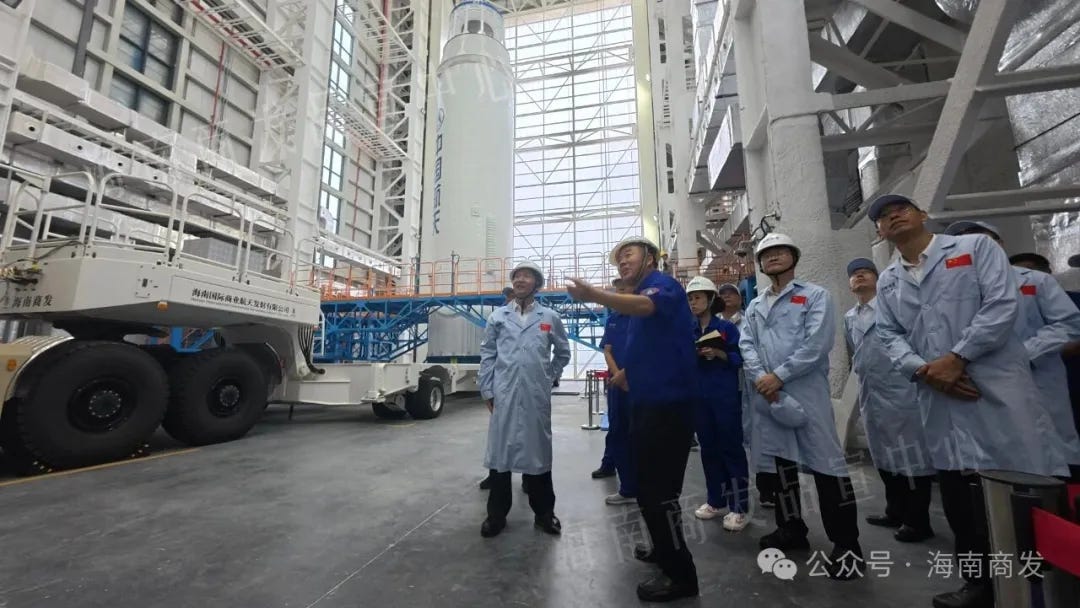
Expanding the launch site
Work on expanding the Wenchang Commercial Space Launch Site is well underway after work on Commercial Launch Pad 3 and 4, designed to support multiple different diameter liquid-fueled launch vehicles, began in January, south-west of the existing ones. Despite weather-related challenges, construction work has been continuing since then, with over one thousand workers across multiple shifts for progress at all hours.
On September 30th, the excavated foundation pit for Commercial Launch Pad 4’s flame divertor trench was completed, twenty days ahead of schedule despite multiple weather interruptions. The excavation effort, reaching over twenty meters deep, was said to be the most complex and time-consuming part of the launch pad construction. Around the same time, a launch vehicle tracking station was also completed.
Following that, rather than pausing for the eight-day National Day holiday, several shifts and teams remained on-site to continue ahead-of-schedule construction momentum, also pocketing the increased holiday pay. Leadership from Hainan International Commercial Aerospace Launch Co Ltd (海南国际商业航天发射有限公司), operator of the launch site, visited those working over the holiday to inspect progress and to emphasize the importance of maintaining safety standards while pushing ahead with parallel work processes to meet deadlines across the launch pads, processing facilities, and support systems.


